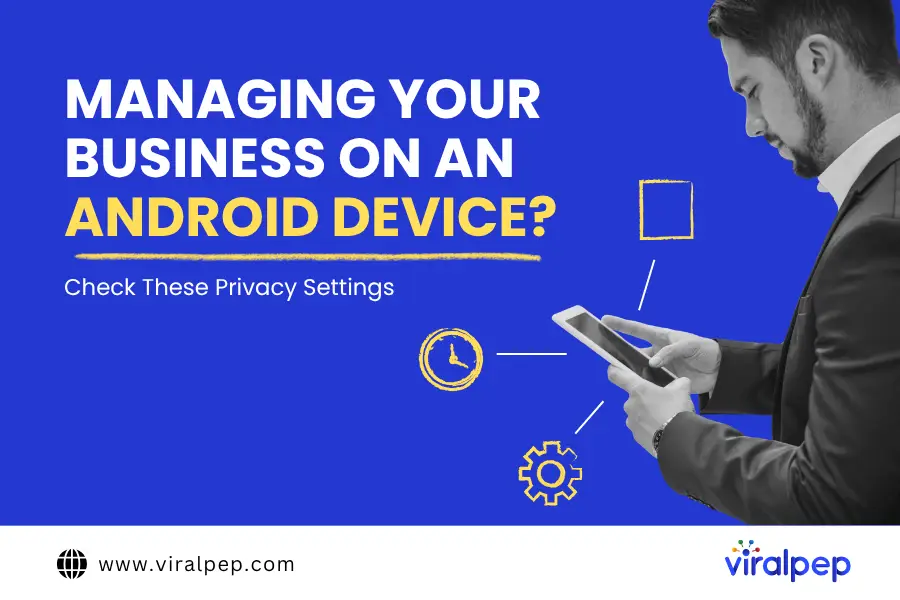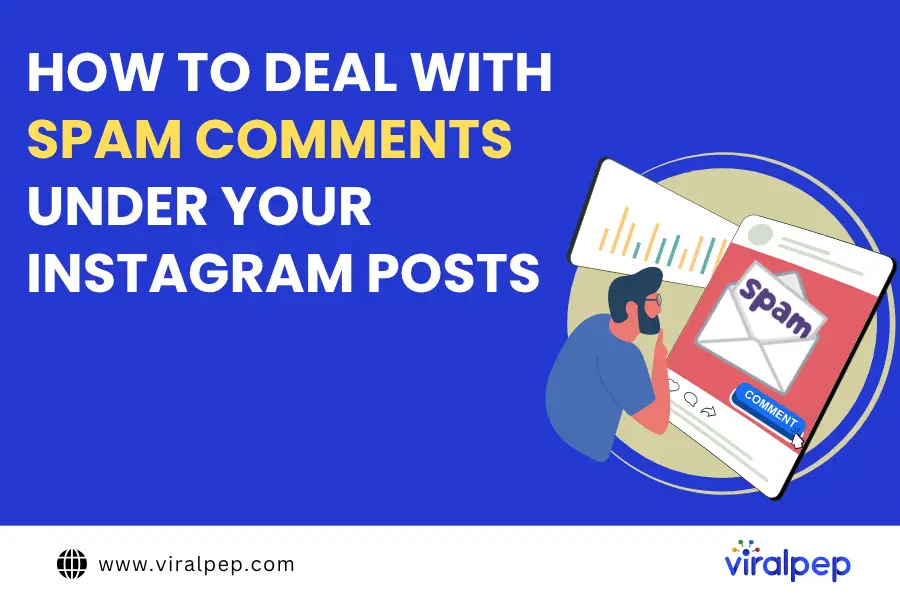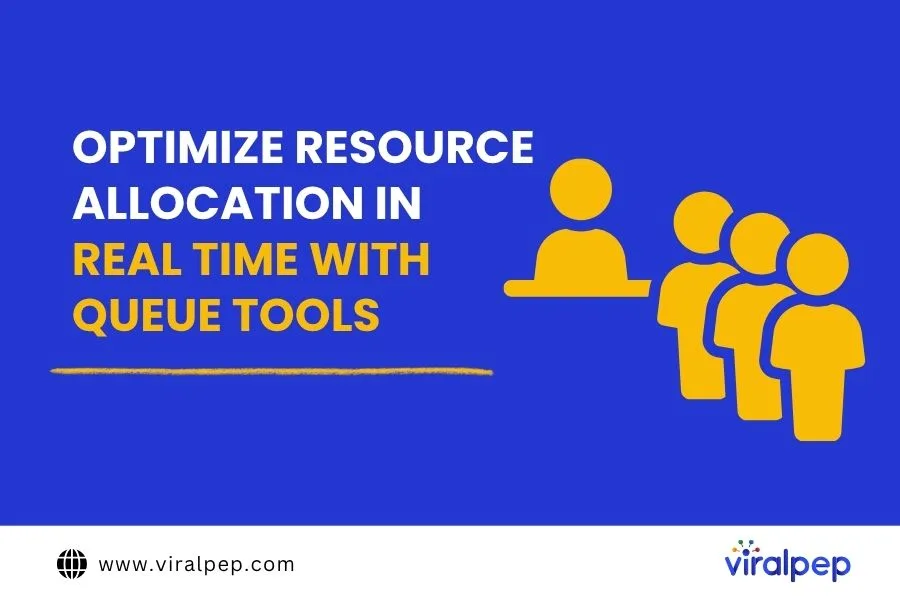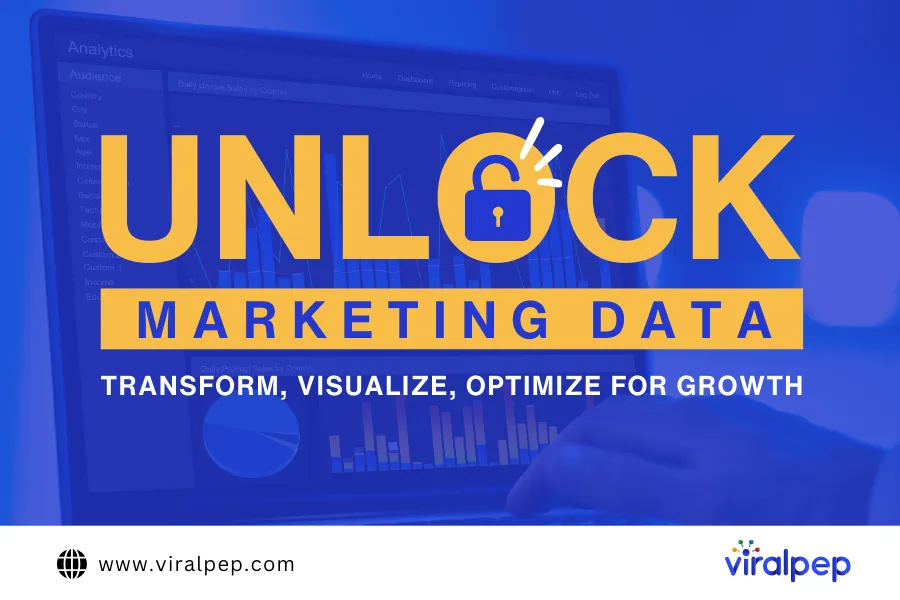The automotive industry is no exception, as car dealerships and sales professionals are discovering the immense potential of using social media platforms to sell cars effectively.
Whether you’re a small independent dealership or a prominent automotive brand, leveraging social media can significantly impact your sales by reaching a wider audience, showcasing your inventory, and fostering meaningful customer engagements.
10 Powerful Marketing Strategies To Use Social Media For Selling Cars
Want to sell cars successfully using social media? Here are some effective strategies and practical tips for driving your automotive sales:
Know Your Target Audience
Before diving into social media marketing, defining your target audience is essential. Identify the demographics, preferences, and buying behaviors of your potential customers. This knowledge will guide your content creation and ensure your messages resonate with the right people.
Choose the Right Social Media Platforms
Not all social media platforms are created equal. Focus on the platforms that align with your target audience to maximize your impact.

Facebook, Instagram, and YouTube are popular for automotive sales, offering diverse advertising options, engagement features, and a vast user base. LinkedIn can be valuable for connecting with business professionals and fleet managers.
Create Engaging Content
Social media content plays a vital role in grabbing the attention of your audience and generating leads. Consider the following content ideas:

- High-Quality Visuals: Showcase your inventory through captivating photos and videos. Highlight each vehicle’s unique features and benefits, making potential customers envision themselves behind the wheel.
- Customer Testimonials: Share positive reviews and testimonials from satisfied customers. Authentic feedback builds trust and social proof, making it easier to convert leads into buyers.
- Educational Content: Provide valuable information about car maintenance, industry trends, and tips for making informed purchasing decisions. Establish yourself as a trusted resource, which can lead to increased credibility and customer loyalty.
- Interactive Features: Encourage audience engagement through contests, polls, quizzes, or live Q&A sessions. Interactive content sparks conversations and helps build a community around your brand.
Utilize Social Advertising
Social media advertising allows you to target specific demographics, interests, and behaviors, ensuring your ads reach the right people.
Experiment with different ad formats, such as carousel ads, video ads, or lead generation forms, to drive traffic to your website or dealership.
Leverage Influencer Marketing
Collaborating with influencers in the automotive industry can expand your reach and boost brand awareness.

Look for influencers with a significant following and a genuine interest in cars. They can help showcase your vehicles, provide reviews, and share their experiences, influencing their followers’ purchasing decisions.
Showcase Your Inventory
Utilize high-quality visuals, including captivating photos and videos, to showcase your cars’ unique features and benefits. Make potential customers envision themselves behind the wheel.
Engage and Respond to Customers
Social media is a two-way communication channel. Regularly monitor your social media accounts for comments, messages, and mentions.
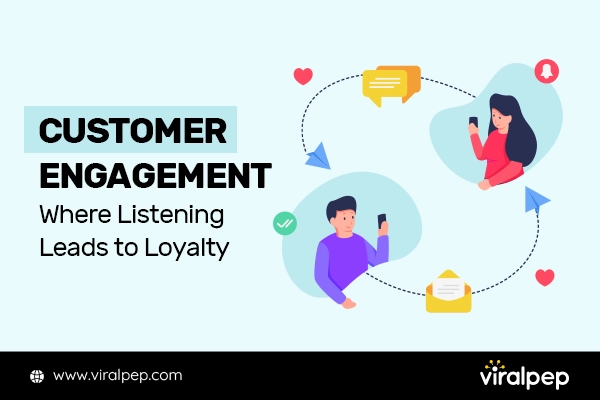
Promptly respond to inquiries, provide helpful information, and address any concerns. Building a responsive and customer-centric online presence can significantly impact your reputation and drive sales.
Create an Inspiring Introduction Video
You can customize and adapt it to suit your dealership’s branding, target audience, and specific inventory.
Use captivating visuals, dynamic transitions, and an engaging voiceover to make a lasting impression on your audience and ignite their excitement for finding their dream car through your social media channels.
Use Twitter For Driving Sales Conversions
Twitter plays a significant role in driving sales conversions for businesses, including car dealerships. Here are some key reasons why Twitter is essential for driving sales conversions:
- Real-Time Engagement
- Targeted Advertising
- Promotional Campaigns and Offers
- Influencer Marketing and Partnerships
- Customer Testimonials and Social Proof
- Hashtag Campaigns and Trending Topics
- Analytics and Measurement
Twitter’s real-time engagement, targeted advertising capabilities, promotional opportunities, influencer partnerships, social proof, trending topics, and analytics make it an essential platform for driving sales conversions.
By leveraging Twitter effectively, car dealerships can increase brand awareness, engage with potential customers, and ultimately convert them into satisfied buyers.
Do Posting on Instagram Regularly
Regular posting on Instagram is crucial for businesses, including car dealerships, for several important reasons:
- Consistent Presence
- Audience Engagement
- Algorithm Favorability
- Showcase Inventory and Brand Identity
- Storytelling and Storytelling
- Stay Ahead of Competitors
- Data Analysis and Optimization
So, regular posting on Instagram is vital for maintaining a consistent presence, engaging with your audience, gaining algorithm favorability, showcasing your inventory and brand, storytelling, staying competitive, and optimizing your strategies.
By making regular posting a priority, you can leverage the power of Instagram to drive brand awareness and customer engagement and ultimately increase sales conversions for your car dealership.
Analyze and Optimize
Track the performance of your social media campaigns using analytics tools provided by the platforms or third-party software.
Monitor key metrics such as reach, engagement, click-through rates, and conversions. Use this data to identify what works best for your audience and refine your strategies accordingly.
Conclusion
Social media has transformed how businesses market their products; the automotive industry is no exception.
By understanding your target audience, creating engaging content, leveraging social advertising, collaborating with influencers, and engaging with customers, you can effectively utilize social media to sell cars.
Stay up-to-date with the latest trends and adapt your strategies to stay ahead in this ever-evolving digital landscape. Start your engines and embrace the power of social media to accelerate your car sales like never before.
FAQs
How effective are social media campaigns in selling cars compared to traditional marketing methods?
Social media campaigns have proven highly effective in selling cars, often outperforming traditional marketing methods in several key aspects.
- Reach and Targeting: Social media campaigns offer unparalleled reach and targeting capabilities. Traditional marketing methods often have limited space and may not provide the same targeting precision.
- Cost-effectiveness: Social media campaigns are more cost-effective than traditional marketing. Traditional marketing methods like TV or print ads are more expensive and may not provide the same detailed performance tracking and optimization opportunities.
- Engagement and Interaction: Social media campaigns excel in driving engagement and interaction with potential car buyers. Traditional marketing methods are often one-way communication channels, lacking social media’s immediate and interactive nature.
What common mistakes to avoid when using social media to sell cars?
When using social media to sell cars, it’s essential to avoid common mistakes that can hinder your success. Here are some errors to be aware of and avoid:
- Focusing on Quantity over Quality
- Neglecting to Define Your Target Audience
- Lack of Consistency
- Ignoring Customer Interactions
- Overlooking Analytics and Data
- Being Overly Promotional
- Neglecting Visual Quality
How can smaller car dealerships with limited resources effectively utilize social media for their marketing efforts?
Smaller car dealerships with limited resources can still effectively utilize social media for marketing. Here are some strategies tailored to smaller dealerships:
- Define Clear Goals
- Choose the Right Platforms
- Develop a Content Strategy
- Leverage User-Generated Content
- Collaborate with Local Influencers
- Utilize Targeted Advertising
- Engage with Your Audience
Which social media platforms should I focus on for selling cars?
The choice of social media platforms depends on your target audience. Facebook, Instagram, and YouTube are popular for automotive sales due to their extensive user base and diverse advertising options. LinkedIn can be valuable for connecting with business professionals and fleet managers.
What type of content should I create for social media?
Creating engaging content is crucial. Showcase your inventory with high-quality photos and videos, share customer testimonials, provide educational content about car maintenance and industry trends, and incorporate interactive features like contests or live Q&A sessions.
How can I target my ads effectively on social media?
Social media platforms offer robust advertising tools that allow you to target specific demographics, interests, and behaviors. Take advantage of these features to ensure your ads reach the right people and drive traffic to your website or dealership.
Should I collaborate with influencers in the automotive industry?
Collaborating with influencers can expand your reach and boost brand awareness. Look for influencers with a significant following and a genuine interest in cars. They can help showcase your vehicles, provide reviews, and influence their followers’ purchasing decisions.
How important is engaging with customers on social media?
Engaging with customers is essential for building relationships and trust. Respond promptly to inquiries, provide helpful information, and address any concerns. This customer-centric approach can significantly impact your reputation and drive sales.
How can I measure the effectiveness of my social media campaigns?
Utilize analytics tools provided by social media platforms or third-party software to track key metrics such as reach, engagement, click-through rates, and conversions. Analyze this data to identify what works best for your audience and optimize your strategies accordingly.



